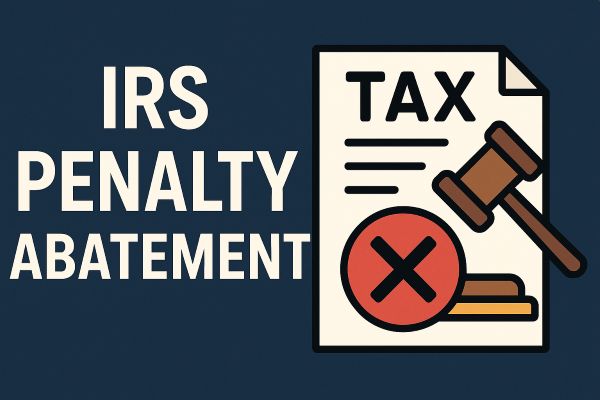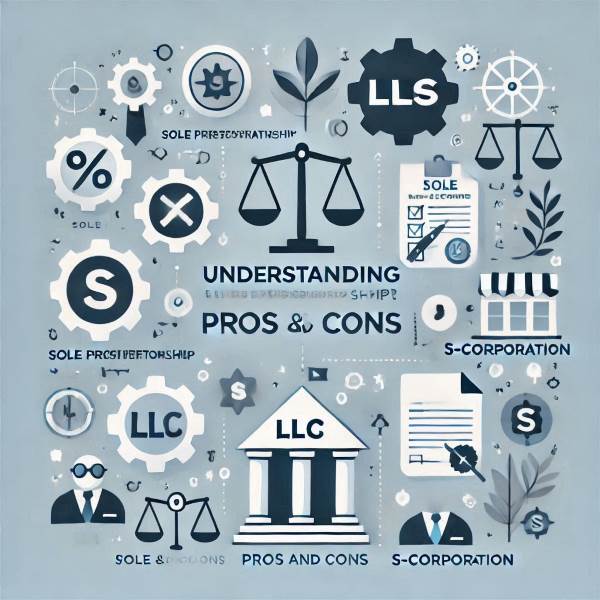Understanding Capital Gains Tax on the Sale of Your Primary Residence
When you sell your primary residence, you may be subject to capital gains tax. However, the Internal Revenue Service (IRS) provides certain exclusions that can help you reduce or even eliminate this tax.
To qualify for this exclusion, you must meet certain requirements related to ownership and use.
What is Capital Gains Tax?
Capital gains tax is a tax on the profit you make when you sell a property that has increased in value. It’s the difference between the purchase price (or “basis”) and the selling price.
IRS Exclusion on Capital Gains from Selling Your Home
The IRS allows you to exclude up to $250,000 of the gain from your income if you’re single, or up to $500,000 if you’re married filing jointly. To qualify for this exclusion, you must meet both the ownership test and the use test
- Ownership test: You must have owned the home for at least two years during the five years prior to the date of sale.
- Use test: You must have lived in the home as your main home for at least two years during the five years prior to the date of sale.
Reporting the Sale
Even if you qualify for the exclusion, you must report the sale of the home if you receive an informational income-reporting document such as Form 1099-S, Proceeds From Real Estate Transactions. Use Schedule D (Form 1040), Capital Gains and Losses and Form 8949, Sales and Other Dispositions of Capital Assets when required to report the home sale.
Examples
let’s consider an example:
John and Jane are a married couple who bought a house in 2010 for $200,000. They have lived in this house as their primary residence for the past 10 years. In 2024, they decide to sell the house and manage to sell it for $720,000 and they paid $20,000 in commissions and fees.
The capital gain from the sale of the house is calculated as follows:
Selling Price $720,000 – Purchase Price $200,000 – Commissions and Fees $20,000 = Capital Gain $500,000
The capital gain $500,000 will be excluded from their income for the tax purpose.
If John and Jane Doe had only owned the house for 1 year before selling it, they would not meet the Ownership Test for the IRS exclusion on capital gains from selling their home.
The IRS requires that you have owned the home for at least two years during the five years prior to the date of sale.
Therefore, they would not be able to exclude the capital gains from their income for tax purposes. This means they would likely owe capital gains tax on the full amount of the gain from the sale of their home.
However, there are some exceptions to these rules in certain special situations, such as if the home was sold because of changes in employment, health conditions, or unforeseen circumstances. In these cases, a partial exclusion might be available.



